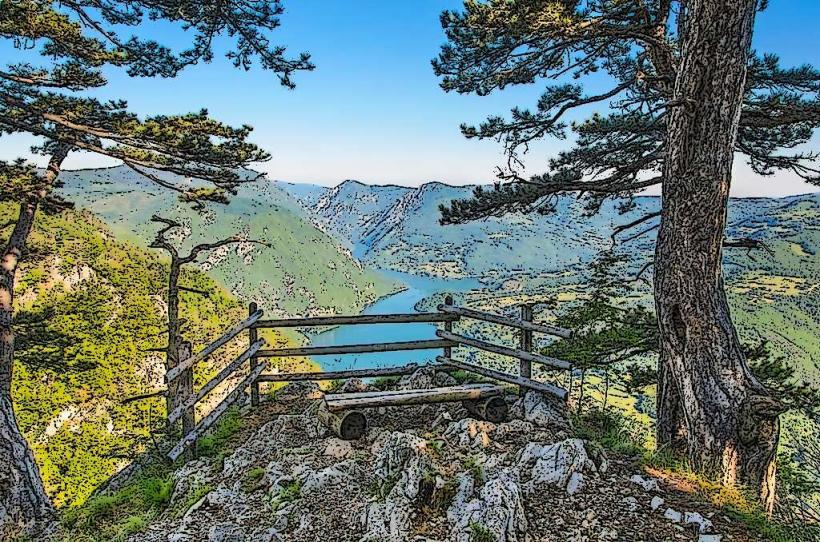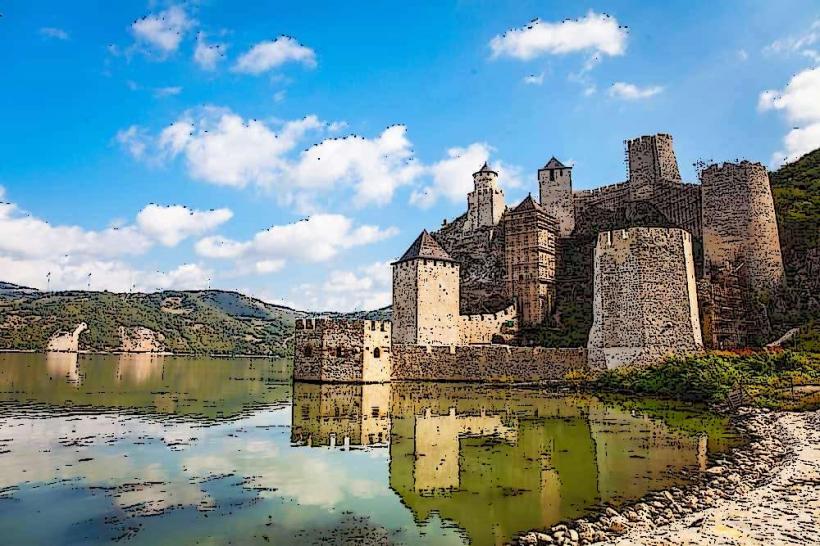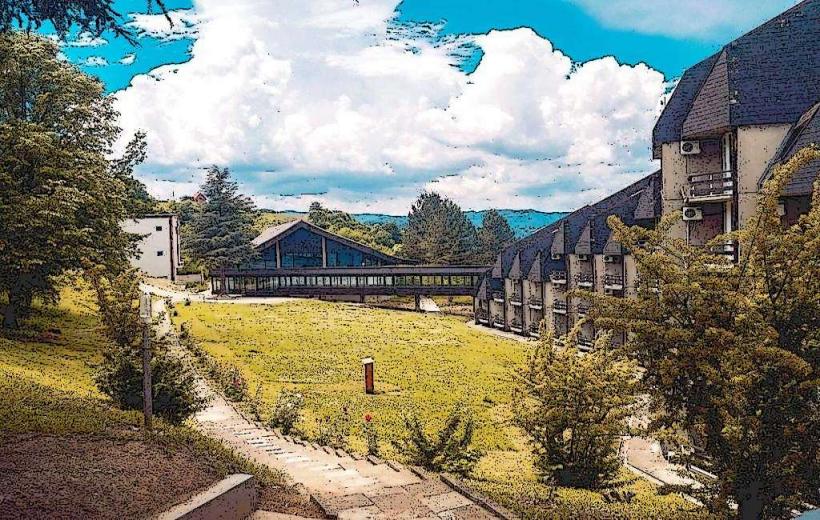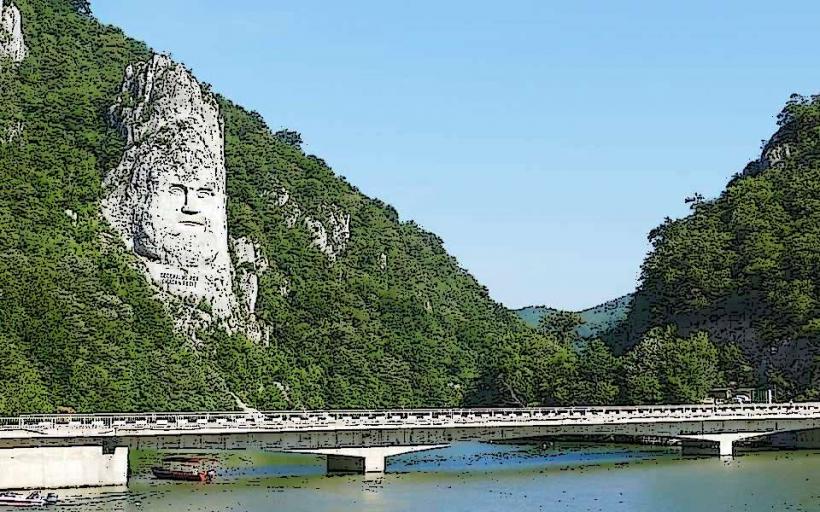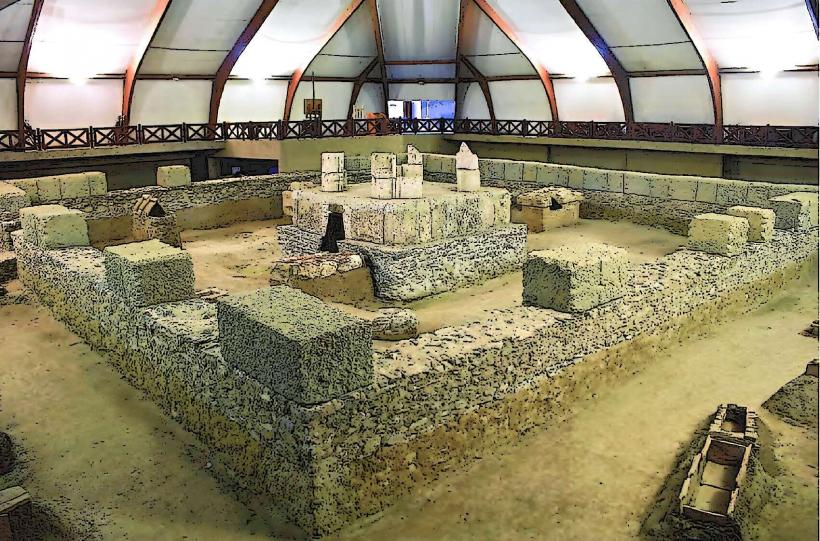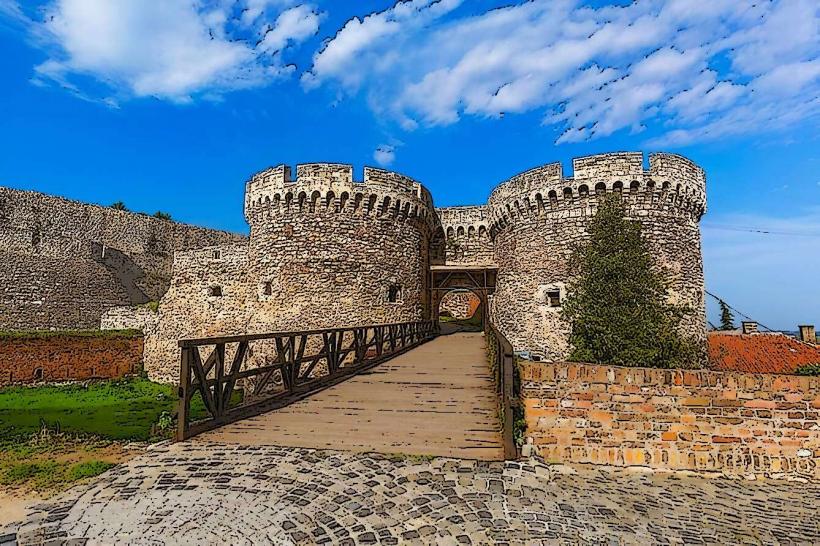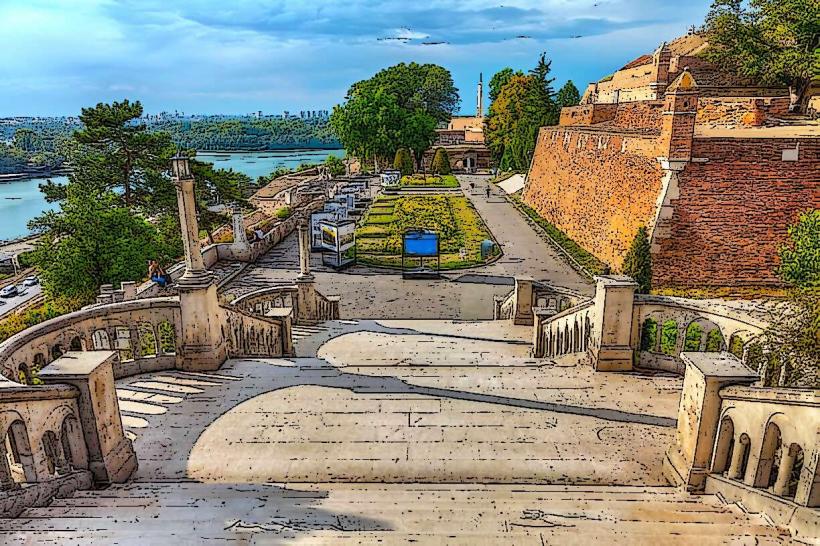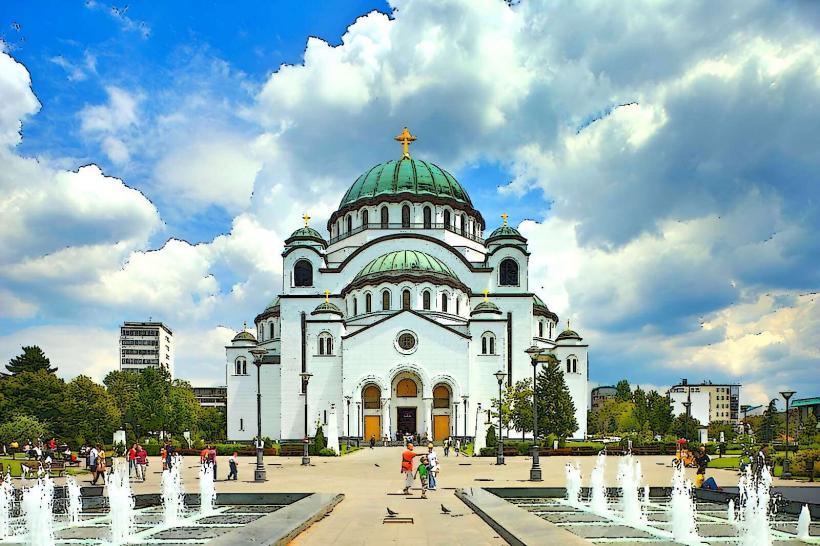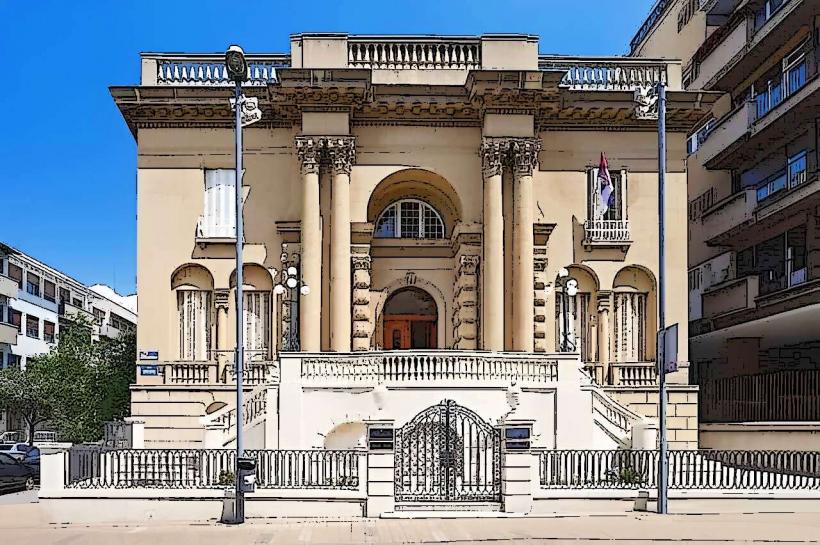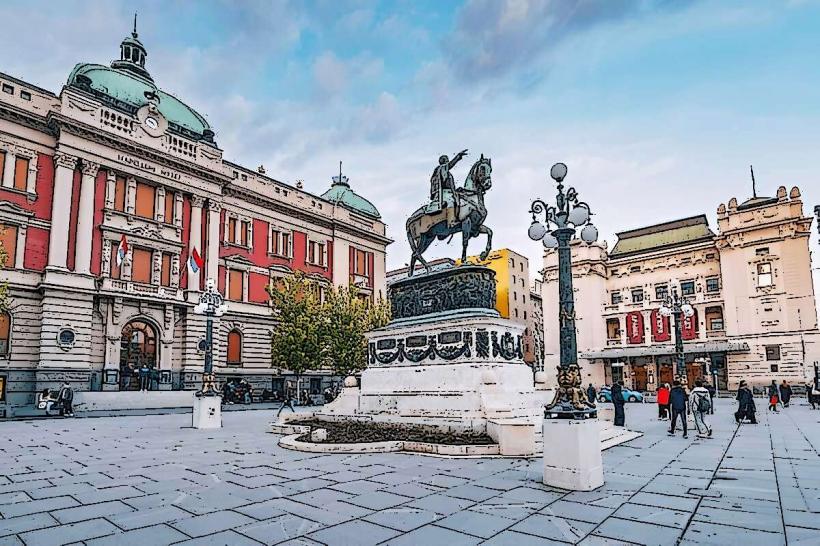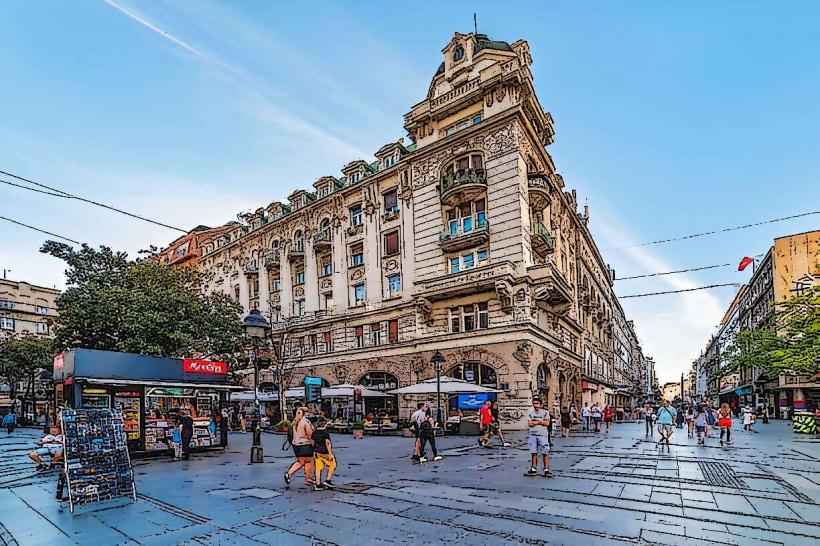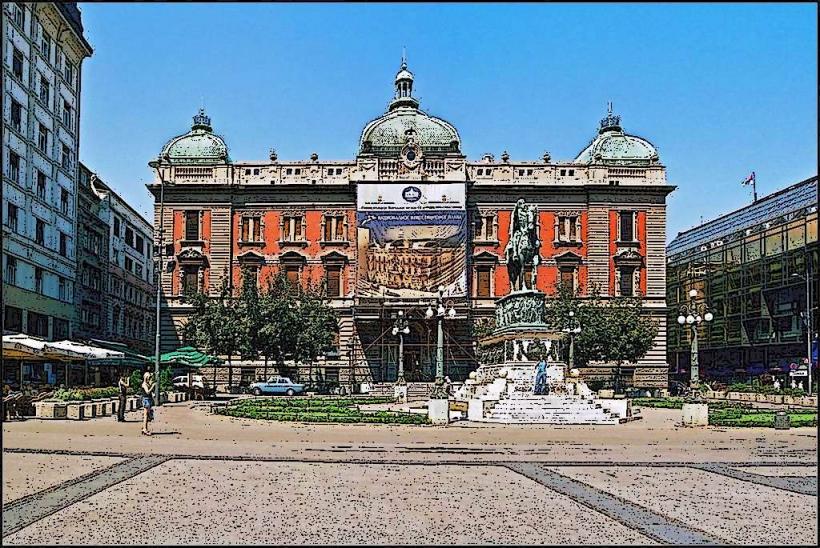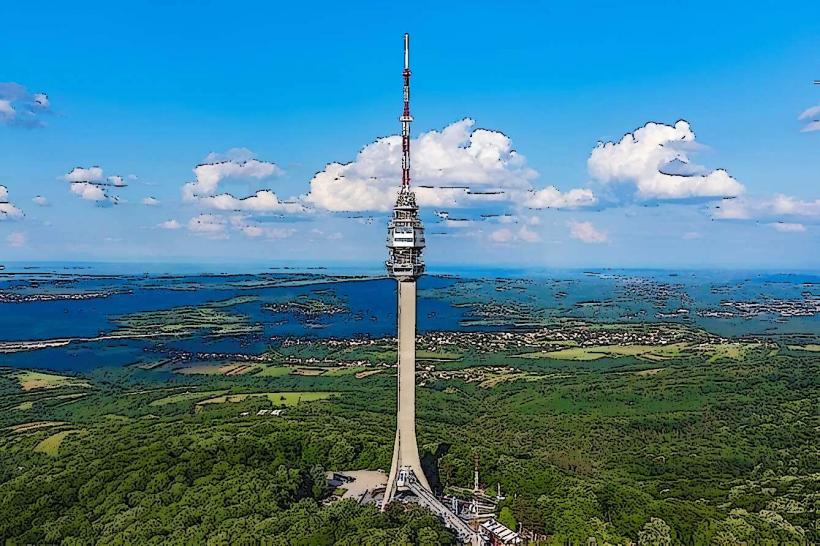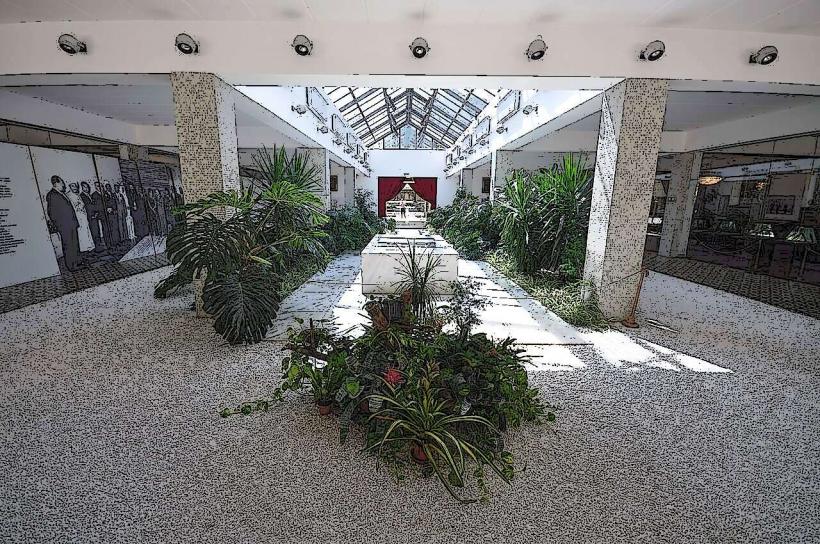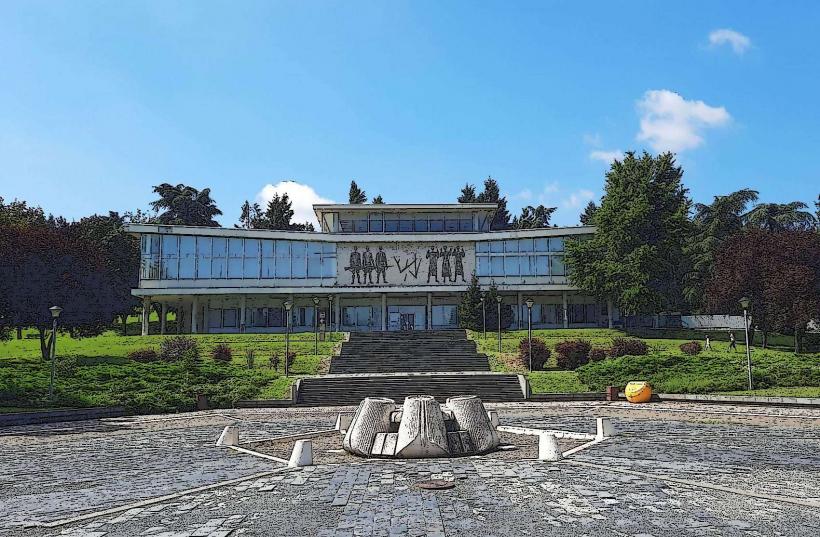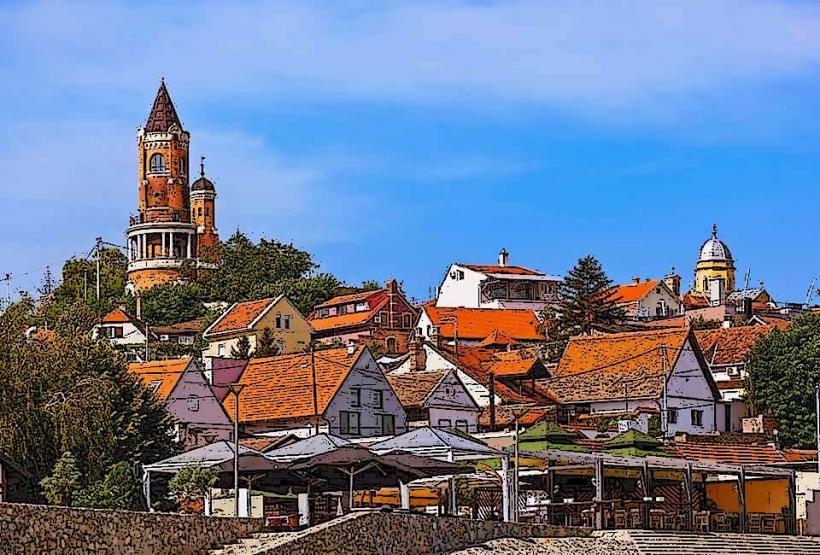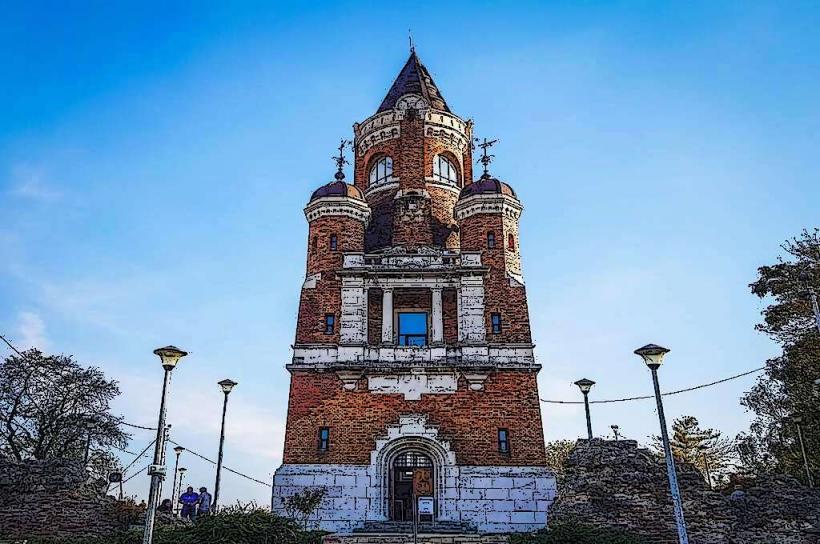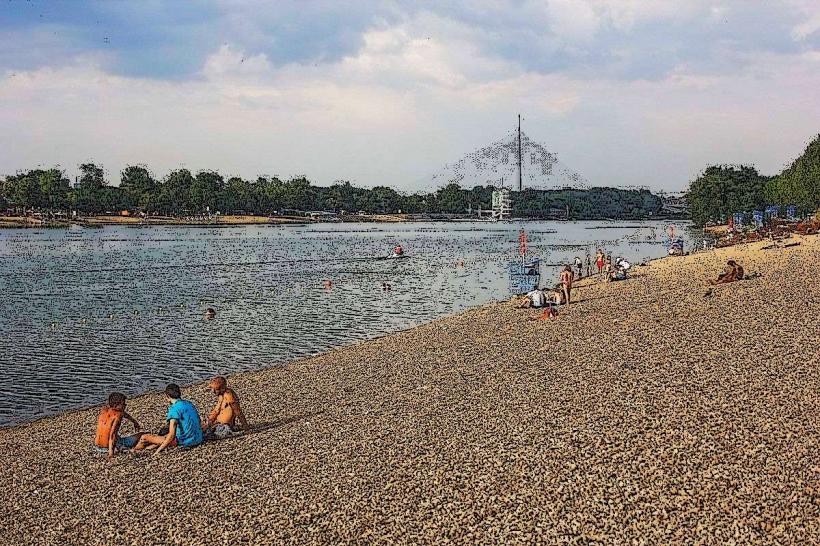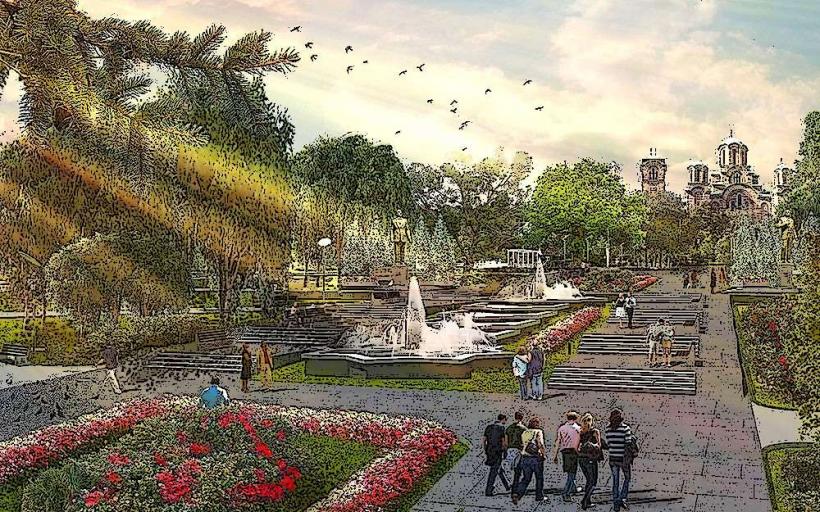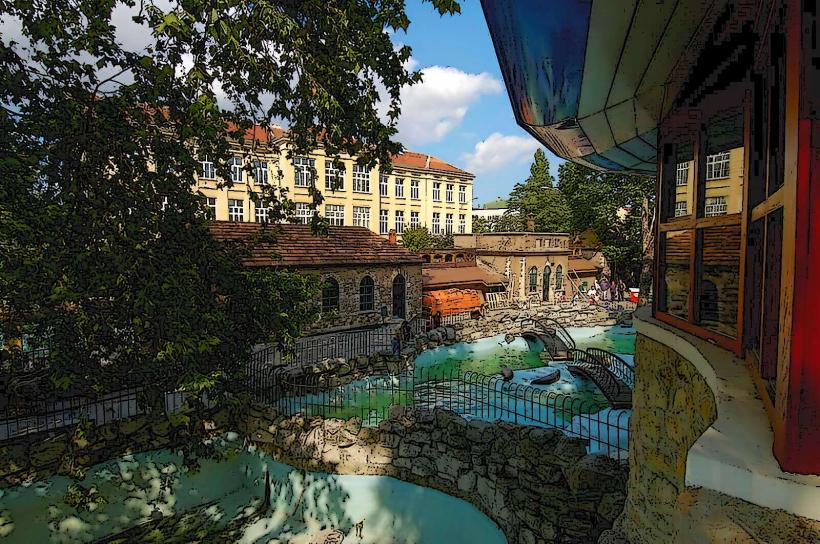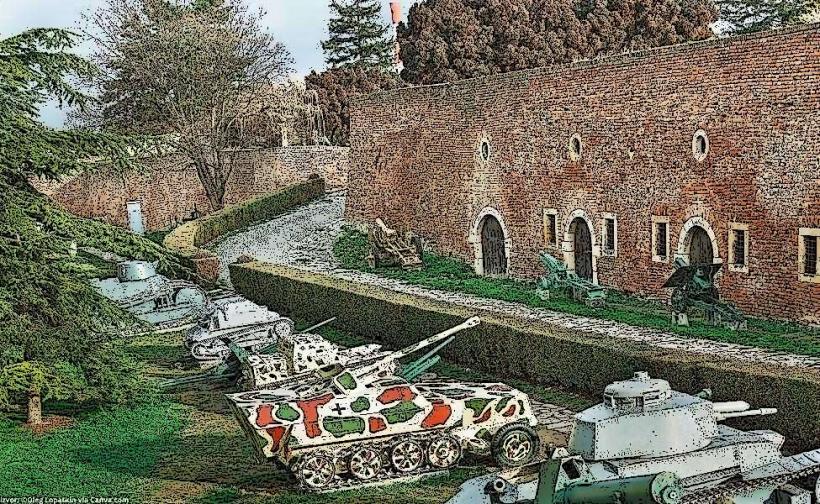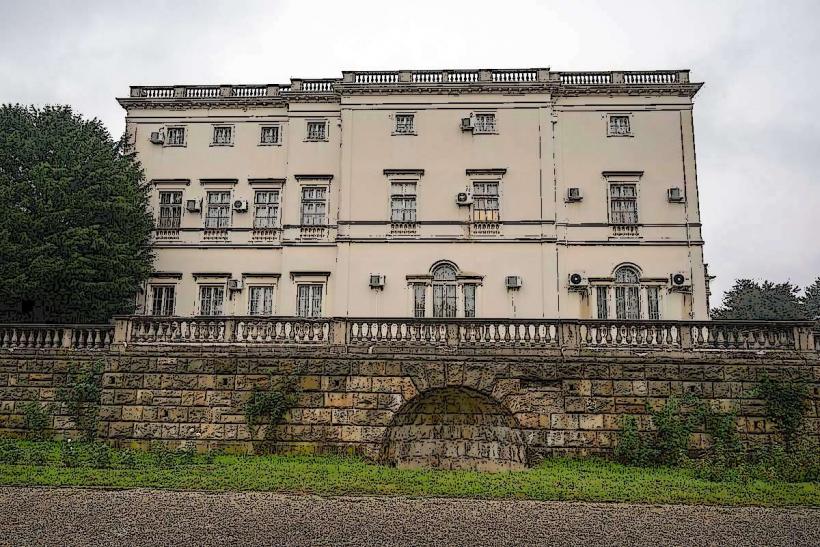Information
Landmark: Šabac Fortress (Šabac)City: Belgrade
Country: Serbia
Continent: Europe
Šabac Fortress, located in the town of Šabac in western Serbia, is a significant historical and cultural landmark. Positioned along the Sava River, this medieval fortress has witnessed centuries of history, military conflict, and changing empires. Though not as widely known as some other Serbian fortresses, Šabac Fortress plays an important role in the region’s heritage. Here’s a detailed exploration of the fortress:
Historical Background
Origins and Early History:
- The origins of Šabac Fortress date back to the 14th century, though its precise construction date is unclear. It is believed that it was built during the time of the Kingdom of Serbia in the Middle Ages, possibly by the Nemanjić Dynasty (which ruled from the 12th to the 14th century).
- The fortress was originally constructed to protect the region from Ottoman expansion into the Balkans, and its strategic position near the confluence of the Sava and Drina Rivers made it a key military outpost.
Ottoman Period:
- The fortress was later captured by the Ottoman Empire in the 15th century, marking the beginning of a period of Ottoman control. During this time, the fortress underwent several modifications and repairs to suit the military needs of the Ottomans.
- It was a key point in defending the Sava River and served as an administrative and military center for the Ottomans. The fortress also played a role in the defense against the Habsburg Monarchy during their wars with the Ottoman Empire.
Modern Era:
- After the Ottoman Empire’s withdrawal from the region in the early 19th century, the fortress lost much of its military significance.
- During the Serbian Revolution (1804-1835), Šabac Fortress was briefly occupied by Serbian rebels, but it fell into decline as newer fortifications and military structures were built around the region.
Decline and Preservation:
- Over time, the fortress became largely neglected, and much of the structure deteriorated. However, in the 20th century, some efforts were made to preserve the remaining ruins. Today, the fortress stands as a historical monument and a site for visitors interested in Serbian medieval history.
Architecture and Layout
Fortifications:
- The fortress is primarily known for its strong defensive walls, which are made from stone and brick, and the strategic bastions that helped defend against enemy attacks.
- It originally had four corner towers and a central keep, though much of the structure has been destroyed over time. The towers were likely used to observe and defend the surrounding area.
Defensive Features:
- The fortress was designed with defensive features typical of medieval fortresses, including moats, drawbridges, and curved walls. These features would have been crucial for repelling sieges and attacks.
- The site offers a commanding view of the surrounding region, including the Sava River, allowing defenders to spot approaching forces.
The Gate and Entrance:
- The main entrance to the fortress was once heavily fortified, with a gatehouse and defensive walls designed to keep invaders at bay. Though the gate is no longer intact, the ruins of the entrance can still be seen.
Ruins and Preservation:
- The fortress ruins are relatively well-preserved, allowing visitors to explore its remnants, including some sections of the walls and towers. However, many parts have crumbled over the centuries, and the site is now mostly in a state of ruin.
Strategic Location
- Confluence of the Sava and Drina Rivers:
- Šabac Fortress is strategically located at the confluence of two major rivers, the Sava and Drina. This location made the fortress a crucial point for controlling the flow of goods and military movements through the region, especially in the medieval and Ottoman periods.
- Access to the Sava River:
- The fortress’s position along the Sava River also made it an important point for river traffic. This access would have been vital for trade, military transport, and communication during the medieval and Ottoman periods.
Cultural Significance
Local History:
- The fortress is a key part of Šabac’s local heritage, representing the town's historical significance as a military and trade center. It serves as a reminder of the turbulent history of the region, including the battles between the Ottomans, Habsburgs, and Serbian rebels.
Tourism and Education:
- Today, Šabac Fortress serves as a historical site that attracts tourists and history enthusiasts. It is an important part of the town’s tourist infrastructure, offering educational opportunities about the medieval and Ottoman history of the region.
- The ruins are sometimes used for cultural events, including festivals, historical reenactments, and other public events, allowing visitors to immerse themselves in the history of the fortress.
Visiting Šabac Fortress
Access:
- The fortress is located just outside the center of Šabac, a town that is easily accessible by car or bus from Belgrade, which is approximately 100 kilometers away.
- The site is open to visitors throughout the year and can be explored on foot. There is no official entry fee, though donations are encouraged to support preservation efforts.
Tourist Experience:
- Visitors can walk through the ruins, take in the panoramic views of the town and the Sava River, and learn about the fortress’s history. Interpretive signage and informational plaques provide context for the historical events that took place here.
- It’s a peaceful and scenic location, ideal for those interested in both history and nature.
Why Visit Šabac Fortress?
Historical Significance:
- For history enthusiasts, Šabac Fortress offers a fascinating glimpse into Serbia’s medieval and Ottoman past. Its strategic location and history as a military stronghold make it an important historical site in the region.
Scenic Views:
- The fortress provides stunning views of the Sava River and the surrounding countryside, making it a picturesque and peaceful destination for visitors.
Cultural Insight:
- A visit to the fortress offers a chance to understand the local history and the historical importance of Šabac as a strategic point in the Balkans.
Conclusion
Šabac Fortress, though in ruins, remains a significant part of Serbia's historical and cultural heritage. With its strategic location, historical importance, and scenic views, it offers a unique opportunity to explore the past while enjoying the natural beauty of the region. For anyone interested in Serbian history, medieval architecture, or the Ottoman period, Šabac Fortress is a destination that should not be missed.

